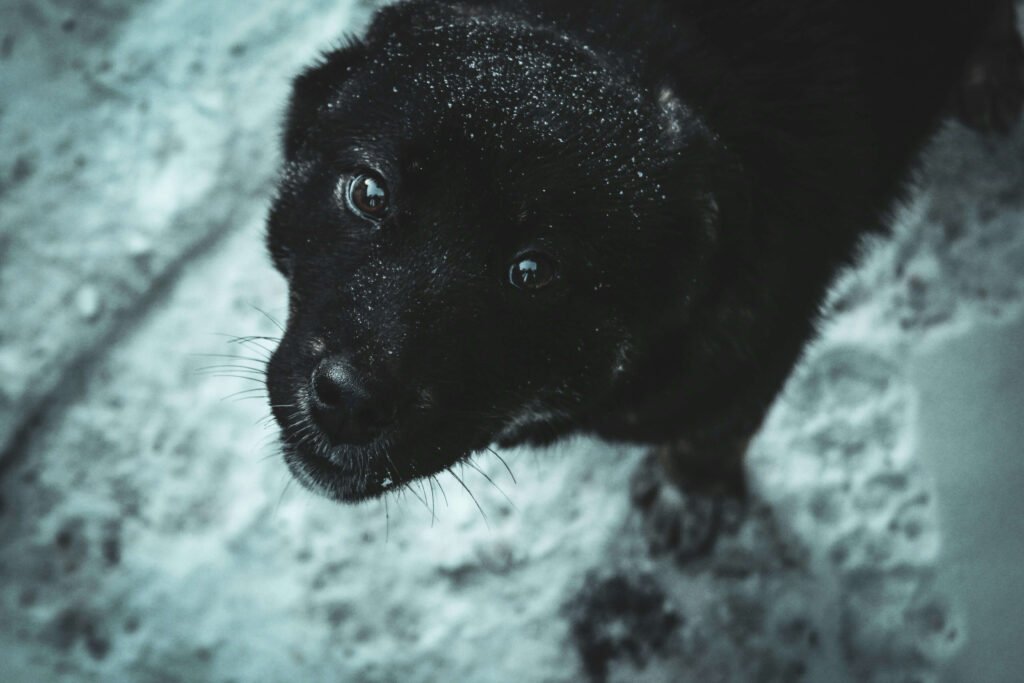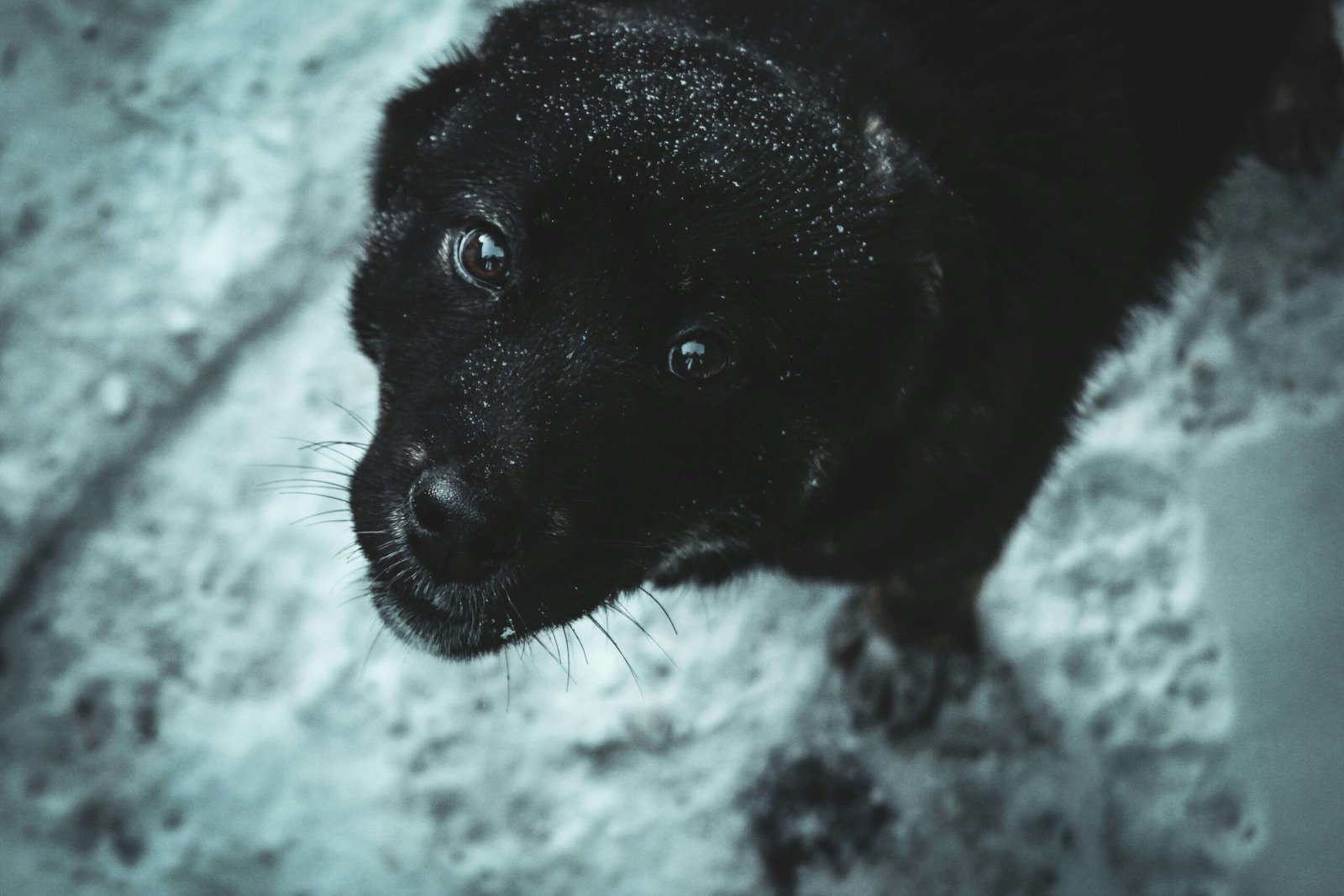Understanding Dog Tooth Decay Stages: A Guide to Your Pet’s Oral Health
Dogs, like humans, are susceptible to dental issues, and one of the most common yet overlooked problems is tooth decay. Understanding the stages of dog tooth decay is crucial for ensuring your furry friend maintains a healthy smile and avoids painful complications. Tooth decay in dogs can progress silently, often going unnoticed until it reaches an advanced stage. By familiarizing yourself with the signs and stages of this condition, you can take proactive steps to protect your dog’s oral health. In this blog post, we’ll explore everything you need to know about dog tooth decay stages, from early warning signs to prevention and treatment options.
The Stages of Dog Tooth Decay: What You Need to Know
Tooth decay in dogs progresses through distinct stages, each with its own characteristics and implications. Recognizing these stages early can help prevent further damage and ensure timely intervention. Below is a breakdown of the key stages of dog tooth decay:
Stage 1: Initial Enamel Erosion
This is the earliest stage of tooth decay, where the enamel begins to weaken due to the buildup of plaque and tartar. At this point, there may be no visible symptoms, but regular brushing can reverse the damage.Stage 2: Enamel Breakdown
As decay progresses, the enamel starts to break down, exposing the underlying dentin. Dogs may begin to show signs of discomfort, such as chewing on one side of their mouth or avoiding hard foods.Stage 3: Dentin Decay
In this stage, the decay reaches the dentin layer, leading to increased sensitivity and potential pain. Bad breath (halitosis) may become more noticeable, signaling the need for professional dental care.Stage 4: Pulp Involvement
When decay reaches the pulp, it affects the nerves and blood vessels inside the tooth. This stage is extremely painful and may result in swelling, abscesses, or even tooth loss if left untreated.Stage 5: Advanced Decay and Tooth Loss
At this final stage, the tooth structure is severely compromised, often requiring extraction. Dogs may exhibit significant behavioral changes due to chronic pain, impacting their overall quality of life.
Understanding these stages can empower pet owners to act swiftly and seek veterinary care when necessary. Early detection is key to preventing severe complications and ensuring your dog’s long-term oral health.
Common Causes of Dog Tooth Decay: Identifying the Root Problems
Several factors contribute to tooth decay in dogs, ranging from dietary habits to genetics. By understanding these causes, pet owners can take preventive measures to minimize the risk of decay. Here are some of the most common culprits behind dog tooth decay:
Poor Dental Hygiene
A lack of regular brushing allows plaque and tartar to accumulate, creating an environment where harmful bacteria thrive.Dietary Choices
Feeding dogs soft or sugary foods can increase the likelihood of tooth decay, as these foods stick to the teeth and promote bacterial growth.Genetic Predisposition
Some dog breeds are more prone to dental issues due to their genetic makeup, making regular check-ups essential for early detection.Age-Related Wear and Tear
Older dogs are more susceptible to tooth decay as their enamel naturally weakens over time, leaving them vulnerable to decay.Lack of Professional Dental Care
Skipping routine dental cleanings by a veterinarian can allow hidden decay to progress unchecked, leading to more severe issues.
By addressing these root causes, pet owners can significantly reduce the risk of tooth decay and promote better oral health for their dogs. Prevention is always better than cure, especially when it comes to dental care.
Check this guide 👉Dog Toothache Symptoms: Best 7 Health Tips!
Check this guide 👉Dog Tooth Abscesses: Best 7 Expert Tips!
Check this guide 👉Dog Tooth Fell Out No Blood: Best 7 Causes & Care Tips!

Prevention Tips | Signs of Tooth Decay |
|---|---|
Brush your dog’s teeth daily | Bad breath (halitosis) |
Provide dental chews or toys | Difficulty chewing or eating |
Schedule regular vet check-ups | Swollen gums or bleeding |
Avoid sugary or sticky foods | Visible discoloration or holes in teeth |
Encourage drinking water after meals | Behavioral changes due to pain |
Preventive Measures for Dog Tooth Decay: Keeping Your Pet’s Smile Healthy
Preventing tooth decay in dogs requires a combination of good habits and consistent care. By incorporating these practices into your routine, you can help safeguard your dog’s oral health and avoid costly treatments down the line. Here are some effective preventive measures:
Daily Brushing
Use a dog-friendly toothbrush and toothpaste to remove plaque and prevent tartar buildup. Start slowly to get your dog accustomed to the process.Dental Treats and Toys
Provide chewable treats or toys designed to clean teeth and massage gums, reducing the risk of decay.Balanced Diet
Feed your dog a balanced diet rich in nutrients and low in sugars to support overall dental health.Regular Vet Visits
Schedule annual dental exams with your veterinarian to catch any issues early and maintain a clean bill of oral health.Water Additives
Consider using vet-approved water additives that help reduce bacteria and plaque formation in your dog’s mouth.
By implementing these measures, you can significantly reduce the chances of your dog developing tooth decay and ensure they enjoy a happy, healthy life.
Treatment Options for Dog Tooth Decay: Restoring Your Pet’s Oral Health
If your dog has already developed tooth decay, don’t panic – there are several treatment options available to address the issue and restore their oral health. The appropriate treatment depends on the severity of the decay and your dog’s specific needs. Here are some common approaches:
Professional Dental Cleaning
Veterinarians can perform thorough cleanings to remove plaque and tartar buildup, halting the progression of decay.Fillings or Bonding
For minor decay, fillings or bonding materials can be used to repair damaged areas and preserve the tooth.Root Canal Therapy
In cases where the pulp is affected, a root canal may be necessary to save the tooth and alleviate pain.Tooth Extraction
Severely decayed teeth may need to be extracted to prevent infection and ensure your dog’s comfort.Antibiotics
If an infection is present, antibiotics may be prescribed to eliminate harmful bacteria and promote healing.
Early intervention is critical to minimizing discomfort and preventing further complications. Always consult your veterinarian for personalized advice tailored to your dog’s condition.
Signs Your Dog May Be Experiencing Tooth Decay
Tooth decay in dogs doesn’t always present obvious symptoms, especially in the early stages. However, there are subtle signs that pet owners can watch for to detect potential issues before they escalate. Here are some common indicators that your dog may be suffering from tooth decay:
Persistent Bad Breath
Foul-smelling breath is often one of the first signs of dental problems, including tooth decay. If your dog’s breath smells worse than usual, it could indicate bacterial buildup.Reluctance to Chew or Eat
If your dog suddenly avoids hard foods or chews on one side of their mouth, it may be due to pain caused by decay.Visible Changes in Teeth
Discoloration, dark spots, or holes in the teeth are clear signs of advanced decay and should not be ignored.Swollen or Bleeding Gums
Inflamed gums or bleeding during brushing can signal underlying dental issues that need attention.Behavioral Changes
Dogs in pain may become irritable, withdrawn, or less active, indicating discomfort related to their teeth.
Recognizing these signs early can help you address tooth decay before it worsens. Regular observation and prompt veterinary care are essential for maintaining your dog’s oral health.
Foods That Promote Dental Health in Dogs
Diet plays a significant role in preventing tooth decay and promoting overall dental health in dogs. By incorporating specific foods into your dog’s diet, you can help reduce plaque buildup and support stronger teeth. Here are some dietary options that benefit your dog’s oral health:
Raw Bones (Supervised)
Chewing on raw bones can help scrape away plaque and tartar, keeping teeth clean naturally. Always supervise your dog to prevent choking hazards.Crunchy Vegetables
Carrots, celery, and green beans are low-calorie, crunchy snacks that can help clean teeth while providing essential nutrients.Specialized Dental Chews
Many brands offer dental chews designed to reduce plaque and freshen breath. These make excellent daily treats for your dog.High-Quality Dry Kibble
Dry food is less likely to stick to teeth compared to wet food, making it a better choice for reducing bacterial growth.Water Additives for Oral Health
Certain water additives contain enzymes that break down bacteria, helping to maintain cleaner teeth and fresher breath.
By incorporating these foods and supplements into your dog’s diet, you can take proactive steps toward preventing tooth decay and ensuring a healthier smile.
The Role of Genetics in Dog Tooth Decay
While proper care and diet are crucial, genetics can also play a significant role in a dog’s susceptibility to tooth decay. Some breeds are more prone to dental issues due to their genetic predisposition, making it even more important to monitor their oral health closely. Here’s how genetics can influence tooth decay in dogs:
Small Breeds Are More Vulnerable
Smaller breeds like Chihuahuas and Poodles often have crowded teeth, which can lead to increased plaque buildup and decay.Flat-Faced Breeds Face Unique Challenges
Brachycephalic breeds such as Bulldogs and Pugs have unique dental structures that make them more prone to dental problems.Hereditary Enamel Weakness
Some dogs inherit weak enamel, making their teeth more susceptible to decay and damage over time.Faster Tartar Accumulation
Certain breeds naturally develop tartar more quickly, requiring more frequent cleanings to prevent decay.Increased Risk of Gum Disease
Genetics can also influence a dog’s likelihood of developing gum disease, which often accompanies tooth decay.
Understanding your dog’s genetic predispositions can help you tailor their dental care routine to their specific needs. Regardless of breed, consistent care and regular check-ups are key to combating the effects of genetics on oral health.
Frequently Asked Questions About Dog Tooth Decay
Can dogs get cavities like humans?
Yes, dogs can develop cavities, although they are less common than in humans. Proper dental care can help prevent them.
How can I tell if my dog has tooth decay?
Look for signs such as bad breath, difficulty eating, swollen gums, or visible discoloration on the teeth.
Is tooth decay painful for dogs?
Yes, especially in advanced stages. Pain can lead to behavioral changes and reduced appetite.
How often should I brush my dog’s teeth?
Ideally, you should brush your dog’s teeth daily to prevent plaque buildup and decay.
Can diet affect my dog’s dental health?
Absolutely. Feeding your dog a balanced diet and avoiding sugary or sticky foods can reduce the risk of decay.
Prioritize Your Dog’s Dental Health Today
Maintaining your dog’s oral health is not just about preventing tooth decay – it’s about ensuring their overall well-being and happiness. By staying informed about the stages of dog tooth decay, recognizing the signs, and taking preventive measures, you can provide your furry companion with a lifetime of comfort and joy. Remember, a healthy smile reflects a healthy pet, and your dog deserves nothing less than the best care possible. Start today by incorporating good dental habits into your routine and consulting your veterinarian for guidance tailored to your dog’s unique needs.
Canned Pumpkin for Cat Diarrhea: Best 7 Expert Tips! Natural remedy to firm stools, soothe upset bellies, and support gut health safely.
Can a Cat Give You Scabies? Best 7 Expert Tips! Discover the truth about feline mites, human skin risks, and how to protect yourself—without panic.
Cat Flea vs Human Flea: Best 7 Expert Tips! Discover the truth about bites, species, and how to eliminate infestations for good.
Weird Cat Behaviors: Best 7 Expert Tips! Discover why cats do strange things—and how to understand, not punish, their instincts for a happier home.





